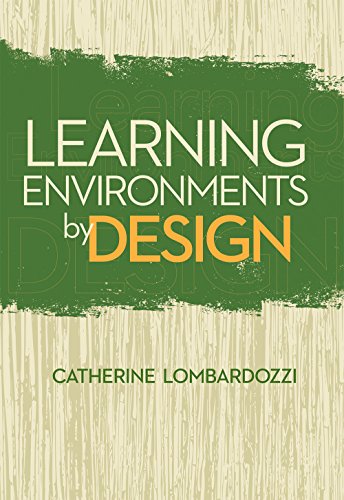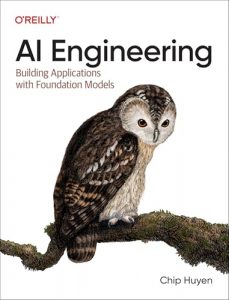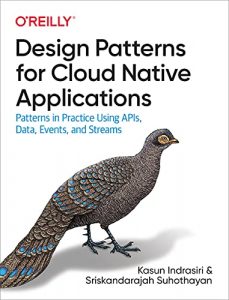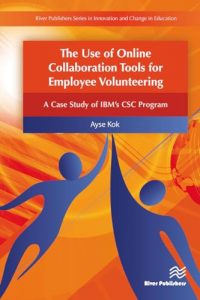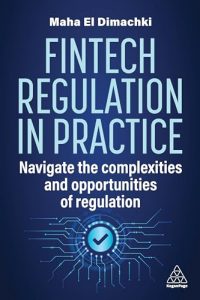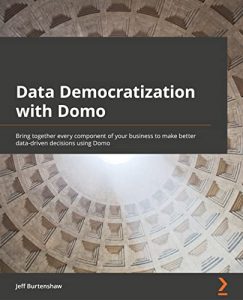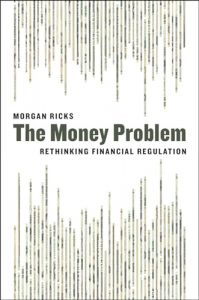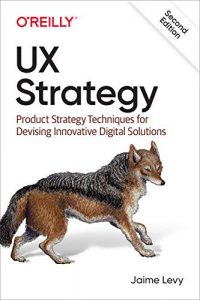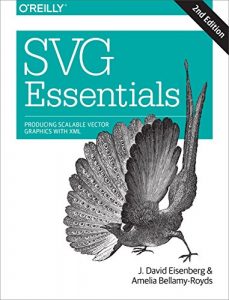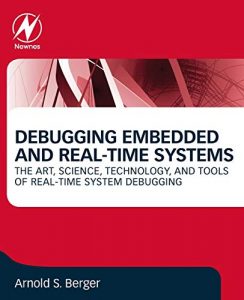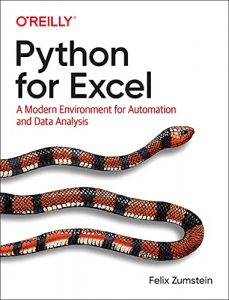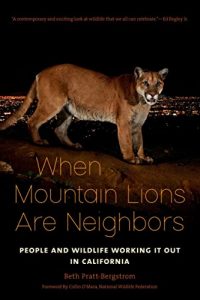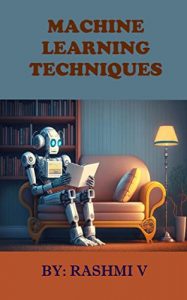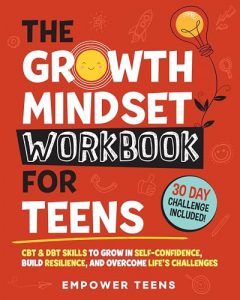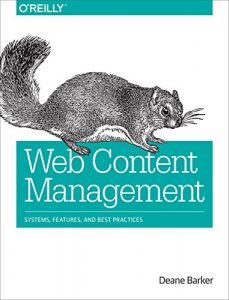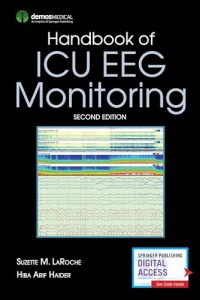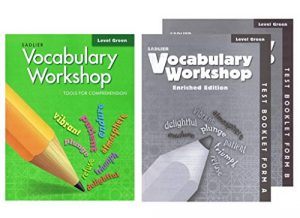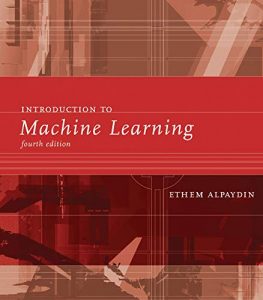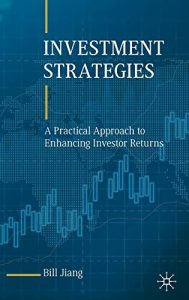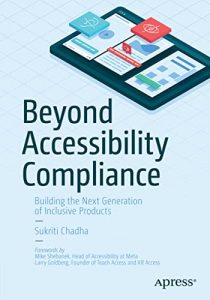1. Learning Environments by Design
In “Learning Environments by Design,” Catherine Lombardozzi takes readers on a journey through the essential principles of designing learning spaces that enhance education. This book is a must-read for educators, designers, and administrators alike, as it provides practical insights on how to create environments that support diverse learning needs. Lombardozzi emphasizes the importance of acknowledging the physical environment’s role in successful learning while offering concrete strategies that can be implemented in various educational settings. The thoughtful examples throughout the book show that a well-designed space can foster collaboration, creativity, and engagement.
2. Vagrant: Up and Running: Create and Manage Virtualized Development Environments
Mitchell Hashimoto’s “Vagrant: Up and Running” is an essential read for developers looking to streamline their development processes. This book introduces Vagrant, a tool that simplifies the setup of virtualized development environments. Hashimoto’s clear explanations empower developers to avoid the common pitfalls associated with environment inconsistencies that often slow down a project. By following the practical examples and instructions provided, readers can maximize their productivity, making this book invaluable for both novice and experienced developers. It’s a must-have resource for anyone interested in modern development practices.
3. Cinematic Photoreal Environments in Unreal Engine 5
Anticipated to be a game-changer, “Cinematic Photoreal Environments in Unreal Engine 5” by Giovanni Visai dives deep into the incredible capabilities of Unreal Engine 5 for creating breathtaking virtual worlds. This upcoming release is a must-read for game developers, 3D artists, and anyone passionate about digital storytelling. Visai’s insights into leveraging the powerful cinematic tools without coding are invaluable for creating immersive experiences. Whether you’re aiming to craft an impressive demo or a full-fledged game, this book will equip you with the skills needed to push the boundaries of visual storytelling.
4. Creating Social and Emotional Learning Environments
Amy Cranston’s “Creating Social and Emotional Learning Environments” offers vital insights into integrating social and emotional learning (SEL) within educational frameworks. Essential for educators and policymakers, this book outlines the transformative impact of SEL on student development. Cranston provides actionable strategies to create nurturing environments where students can thrive emotionally and socially. This book makes a compelling case for prioritizing mental and emotional well-being in schools, proving that fostering a supportive environment is just as critical as academic excellence.
5. Cities of the World: Regional Patterns and Urban Environments
“Cities of the World” provides a comprehensive overview of urban environments and their dynamics. Edits by Stanley D. Brunn and colleagues, this book scrutinizes the regional patterns that shape cities globally. It’s a necessary read for urban planners, geographers, and anyone interested in the forces that create urban spaces. The depth of analysis within its pages allows readers to appreciate the complexities of urbanization, sustainability, and the interconnectedness of the global community. A truly enlightening resource for future city builders and researchers.
6. Creating Development Environments With Vagrant
Michael Peacock’s “Creating Development Environments With Vagrant” is another fantastic resource for developers keen on utilizing Vagrant for seamless project environments. The book provides a detailed guide on set-up, configuration, and advanced use cases that empower teams to efficiently manage environments with ease. Peacock’s hands-on approach to teaching makes it an invaluable resource for those new to Vagrant or looking to deepen their understanding. It’s perfect for anyone striving to enhance their workflows and reduce deployment headaches.
7. The Essentials: Dual Language Learners in Diverse Environments in Preschool and Kindergarten
In “The Essentials,” authors Iliana Alanís and her co-authors focus on the unique needs of dual language learners during their foundational years. This insightful book addresses the challenges and opportunities educators face when working with children from diverse linguistic backgrounds. It underscores the importance of creating inclusive classrooms that support language development. This work is essential for early childhood educators who are committed to fostering an environment where every child can flourish, paving the way for success in their educational journey.
8. Early Childhood Environment Rating Scale (ECERS-3)
The “Early Childhood Environment Rating Scale (ECERS-3)” by Harms, Clifford, and Cryer is an indispensable tool for assessing the quality of early childhood programs. This book stands out for its comprehensive framework that helps educators enhance their classroom environments based on developmental best practices. Its structured approach ensures that practitioners can improve educational settings effectively. Essential for childcare providers, this book acts as a guide to creating supportive, engaging, and enriching environments for young learners.
9. Human Behavior in the Social Environment
“Human Behavior in the Social Environment” by Anissa Rogers is a profound work that explores the interplay between human behavior and social systems. Targeted primarily at social work professionals, this book challenges readers to consider how environments influence human behavior and vice versa. Its emphasis on understanding social dynamics is crucial for effective practice in social work, community organization, and policy-making. Given its comprehensive insights and thorough research, it is essential for anyone looking to make an impactful difference in society.
10. Development of the Built Environment
Dewberry’s “Development of the Built Environment” walks readers through the lifecycle of establishing built environments, from site acquisition to project completion. As a vital resource for architects, engineers, and project managers, this book captures the essential processes involved in transforming concepts into reality. With insights on risk management, regulatory considerations, and stakeholder engagement, it’s an essential guide for anyone involved in the development of physical spaces. This thorough exploration empowers professionals to navigate the complexities inherent in creating functional, innovative, and sustainable built environments.

